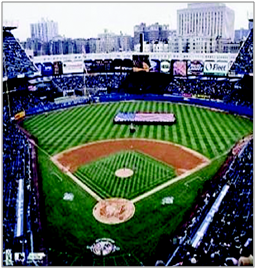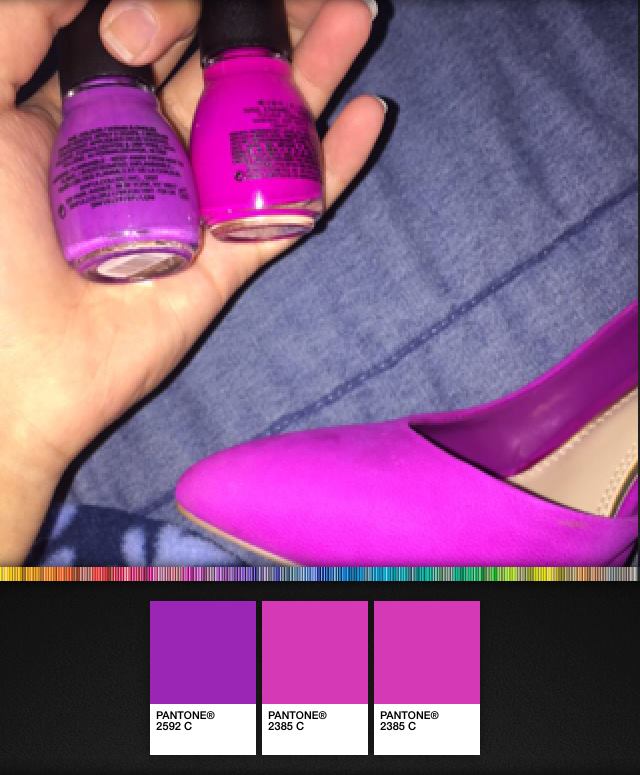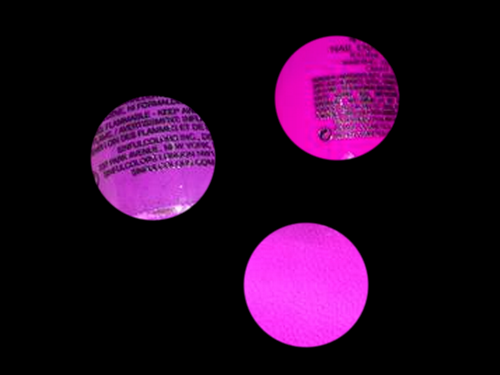We love when color perception questions like this, and #TheDress, pop up. Color matching is something we deal with every day. We understand the challenges, and we love to explain them!
Today we’ll look at why our eyes are confused by the shoe and polish, how the experts would choose the color that matches best, and which color she should choose.
Why the confusion?
Lighting
The visible color spectrum, what we know as the rainbow (ROGBIV), encompasses light wavelengths from approximately 380 to 720 nanometers and breaks down into three primary colors: red, green, and blue. When mixed in various combinations, red, green and blue can create millions of beautiful colors. This is the foundation of the additive, or RGB, color model, and the basis for human color vision.
Objects themselves don’t have color. They have properties that determine which wavelengths of light are absorbed and which are reflected. It is the mixture of the reflected light that enters our eyes and gives us the perception of color.
Shadows
Since shadows change the type of light that is illuminating an object, they also change how we perceive color. This is definitely the case with #TheShoe. On the top, the light is reflecting all of the color into our eyes. But on the sides, the light is shadowed and therefore changes our perception of the purple.
Gonio-Appearance
 This is Yankee Stadium. How do the groundskeepers force the grass to grow in two different colors? Do they carefully spread two different types of grass seed, light and dark green?
This is Yankee Stadium. How do the groundskeepers force the grass to grow in two different colors? Do they carefully spread two different types of grass seed, light and dark green?
In this case, it’s true the grass is greener on the other side. Literally. If you force it to lay in one direction, you see more of the side of the blade. Force it to lay down in another direction and you see more of the ends. That’s exactly what we’re seeing here on the grounds at Yankee stadium. This phenomenon is called gonio-appearance, or geometric metamerism.
Gonio-appearance is seen quite often piles, corduroy, and satins… the types of fabrics used in clothing and shoes. If you brush the nap in one direction, you see one color. Brush it in another direction and you see a different shade. Although shadows play a bigger role in what we see in this photo, in real life #TheShoe will look more purple or more pink depending on the way the suede is brushed.
Which color would the experts choose?
As you can imagine, textured surfaces are difficult to measure. Spherical spectrophotometers like X-Rite’s Ci7800 can measure light reflected at all angles and calculate color measurements that closely match what the human eye would see. To measure suede, like these shoes, first make sure the surface is opaque so background light doesn’t affect the measurement. Brush the suede to one side, measure it, rotate 90 degrees, and measure again. Then brush to the OTHER side, and repeat the two measurements.
As you can see, when we mask the colors of the nail polish and the averaged measurements of the shoe, neither polish actually “matches” the main color of the shoe. The one on the left is bluer, and the one on the right redder in tint.
Bringing it back to real life
Of course, if you’re choosing nail polish to match your shoes for an evening on the town, you’re not going to need, or have, exact color data from a spectrophotometer. We suggest putting the shoes and the polish under the same lighting you’ll be wearing them – An outdoor wedding? A dark nightclub? – and see which looks best. That’s the best approach.
For more information, turn to Pantone, the experts in color trending!



